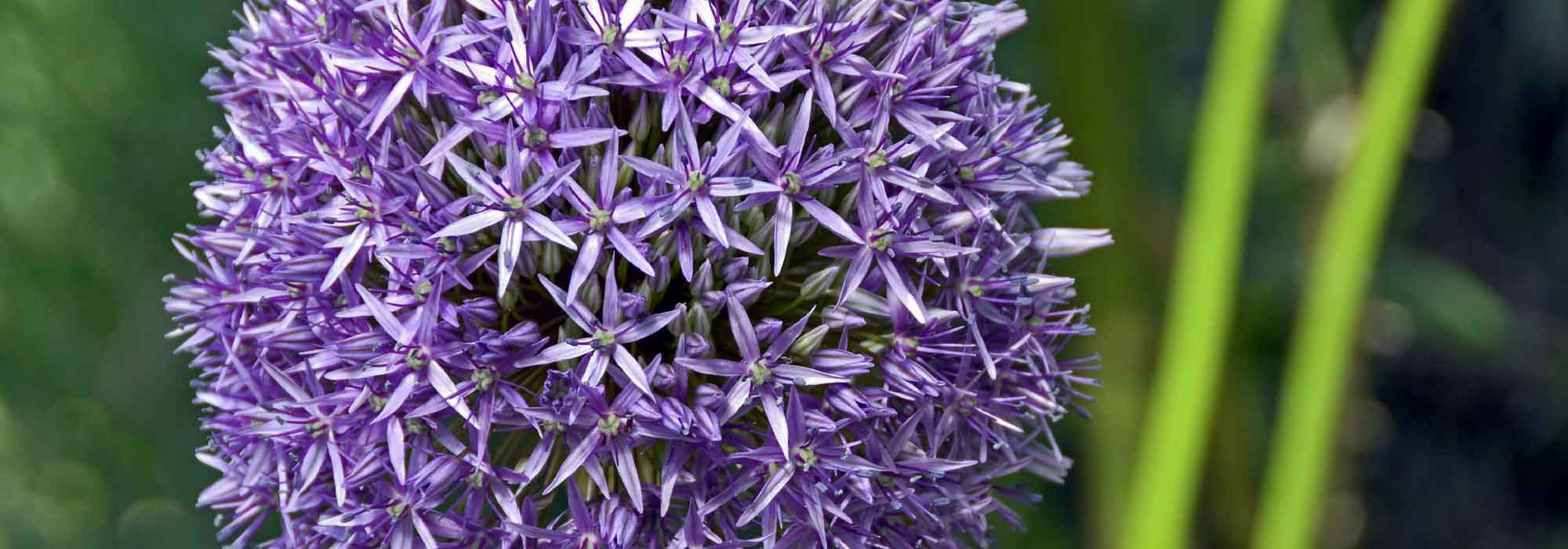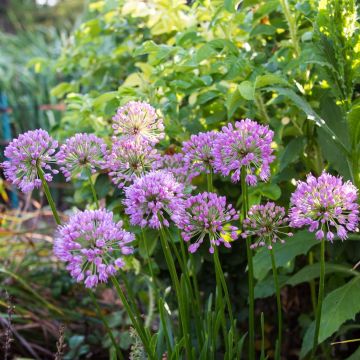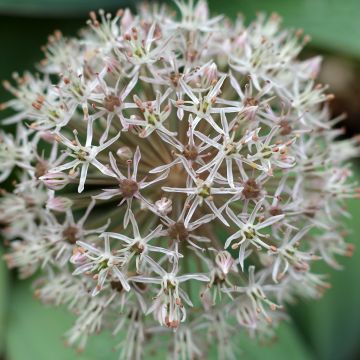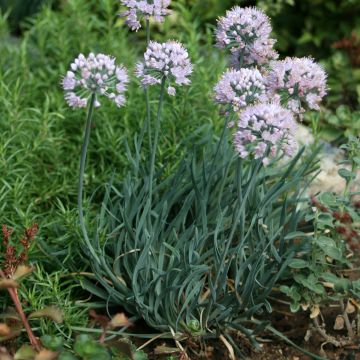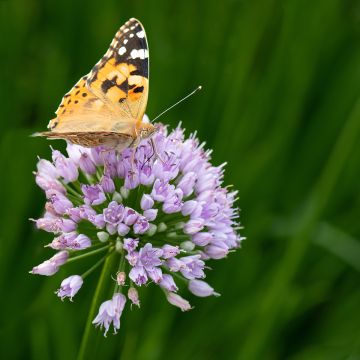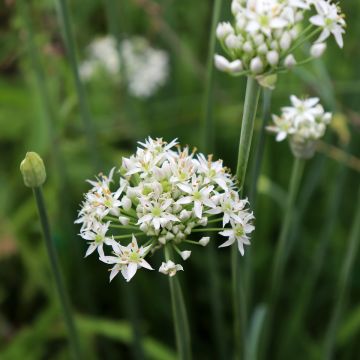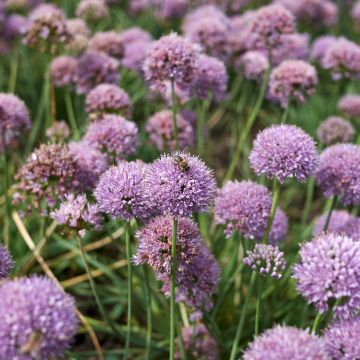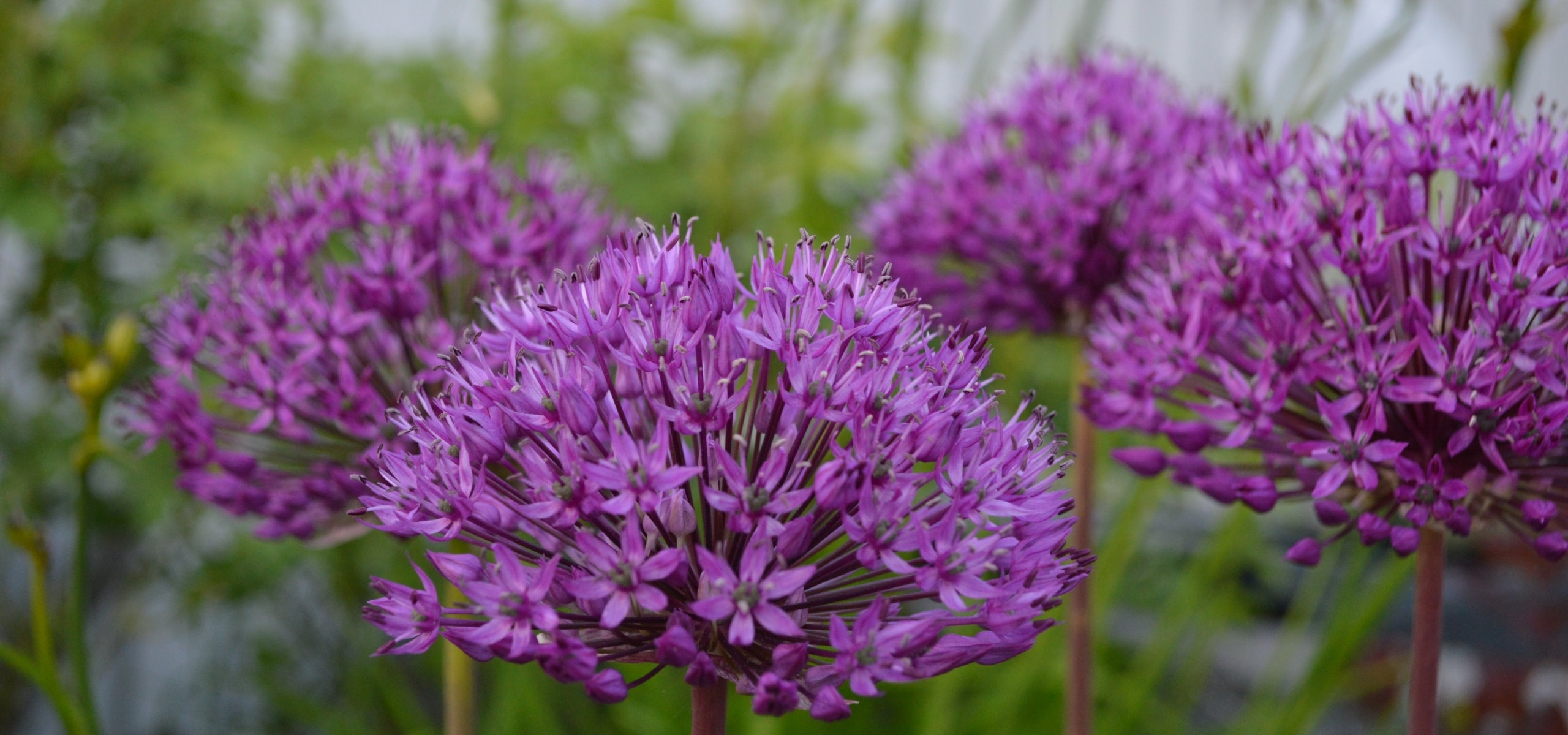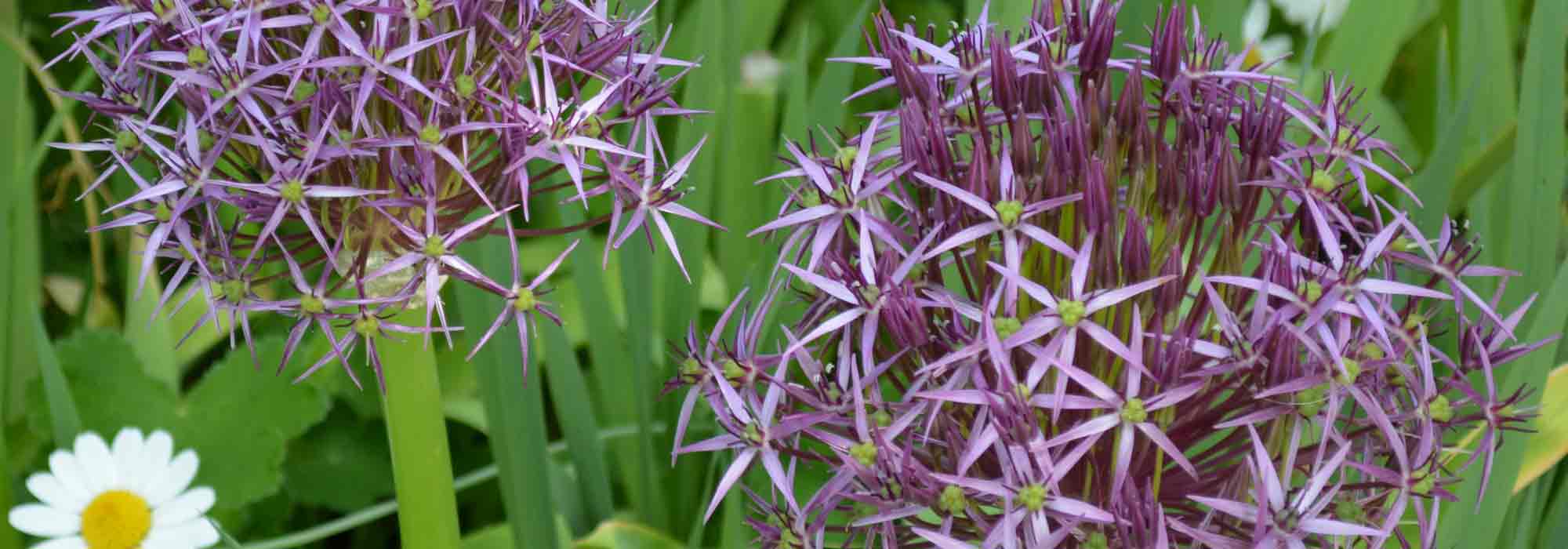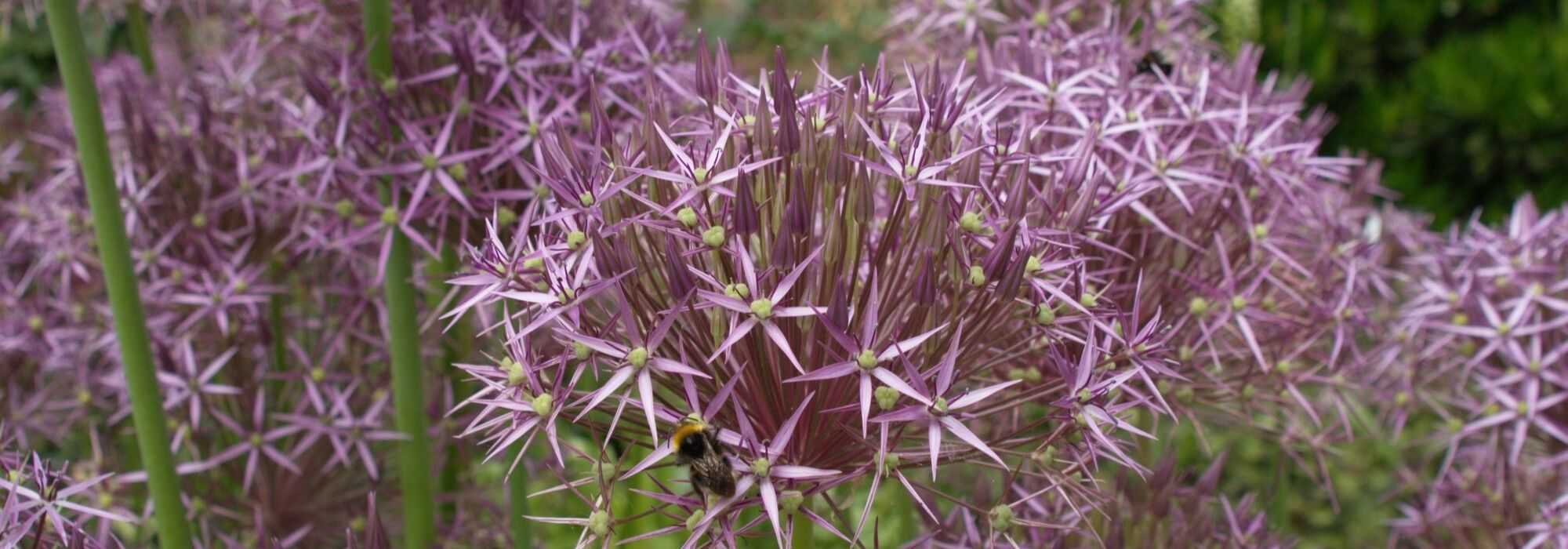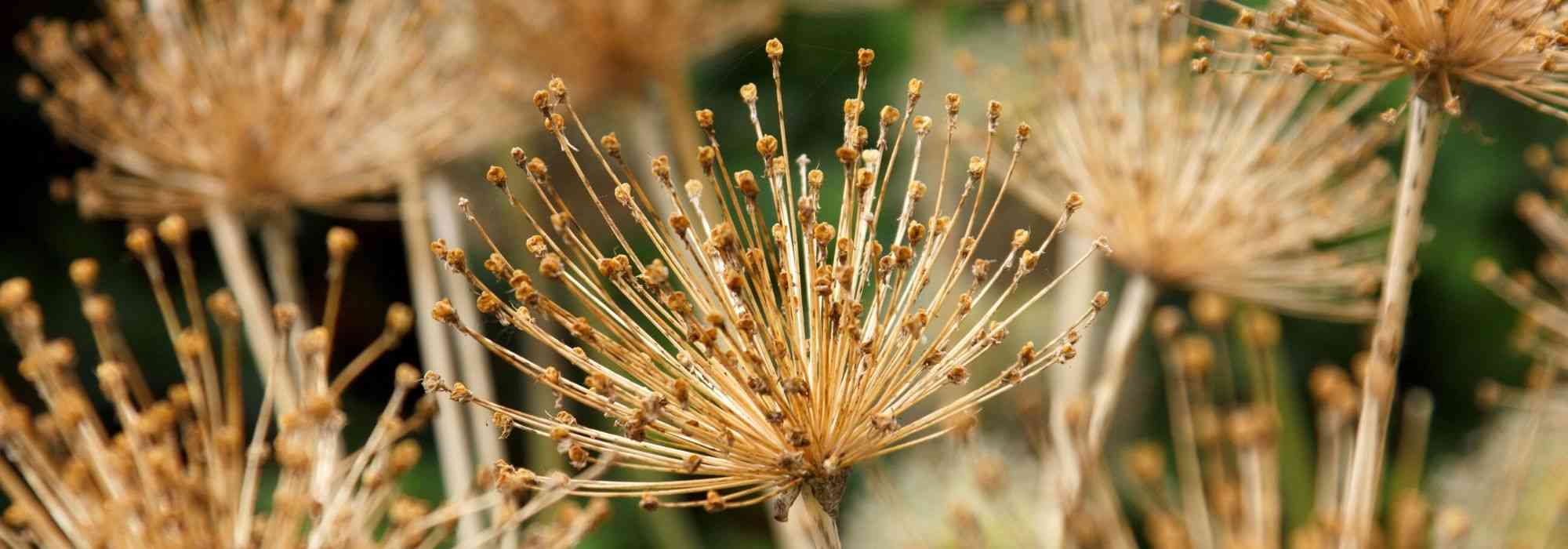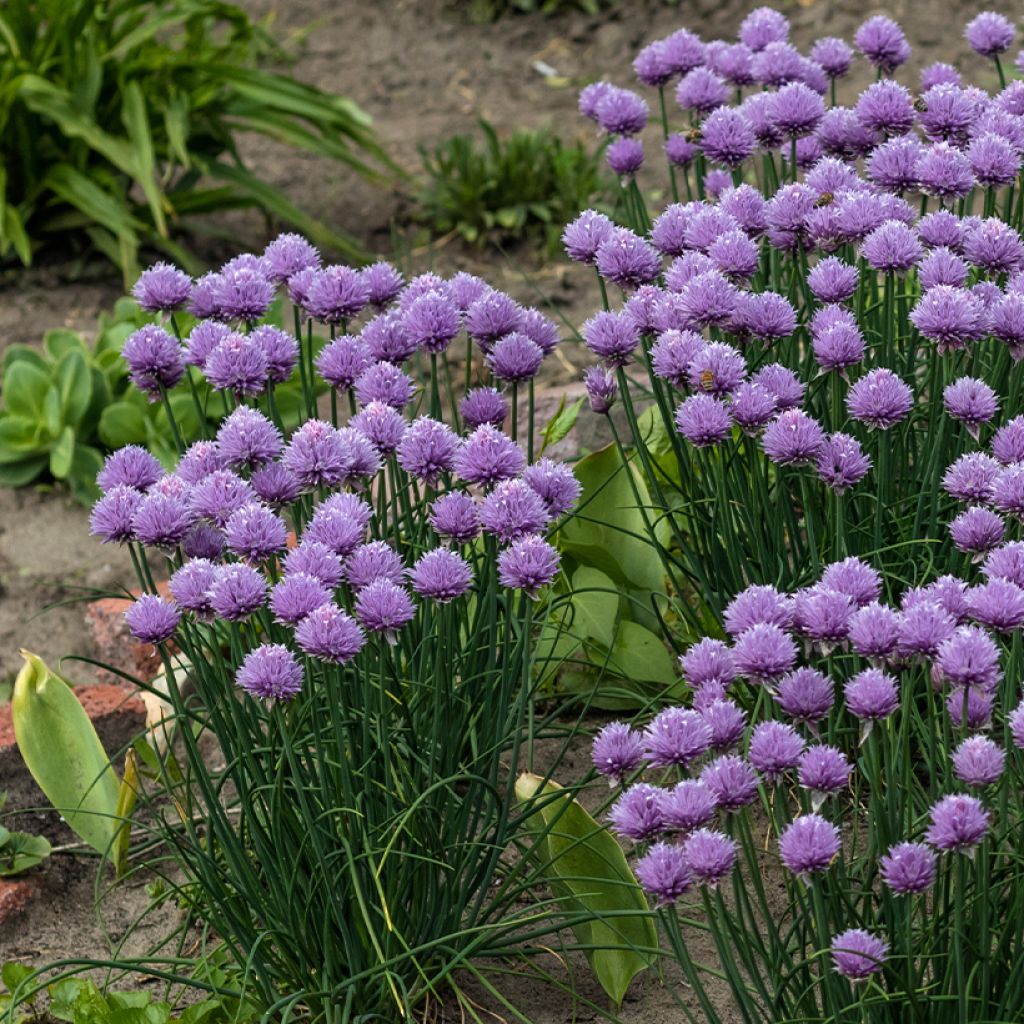

Allium cultorum Serendipity
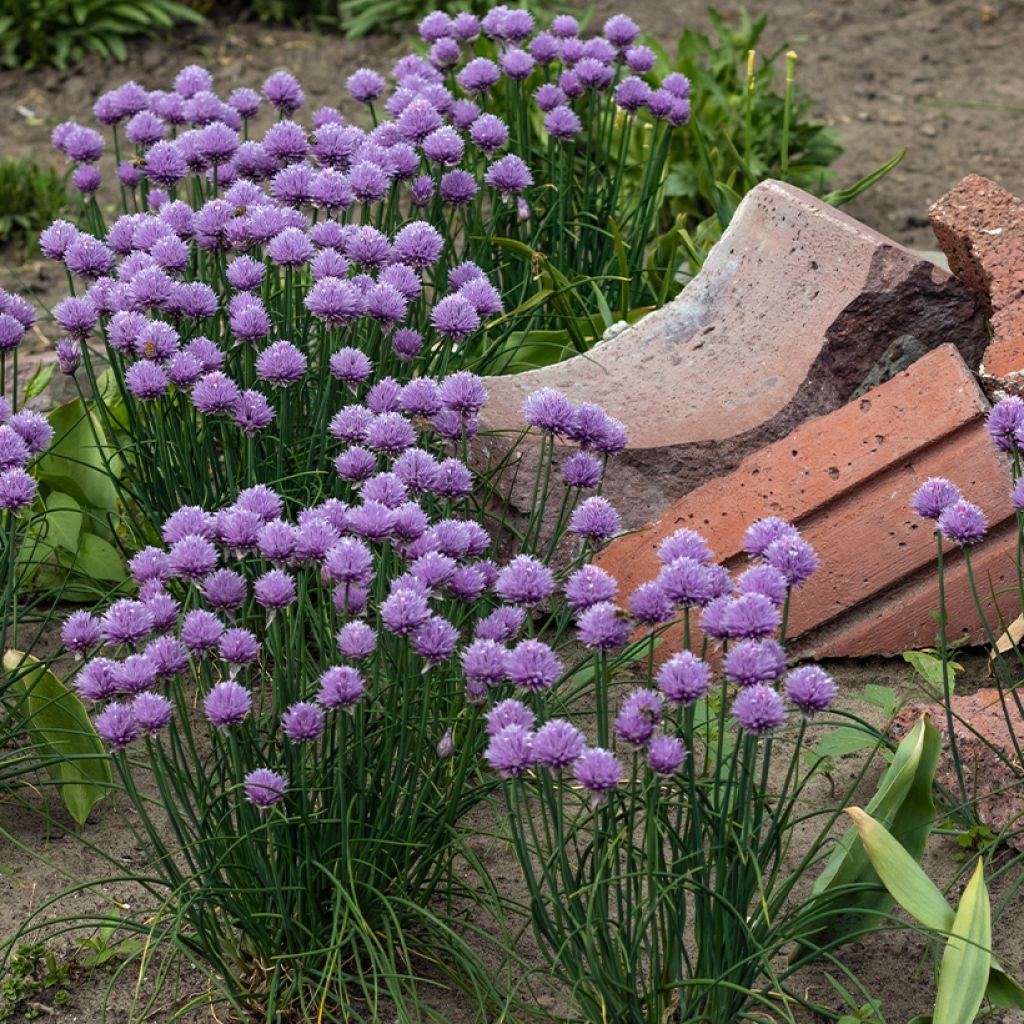

Allium cultorum Serendipity
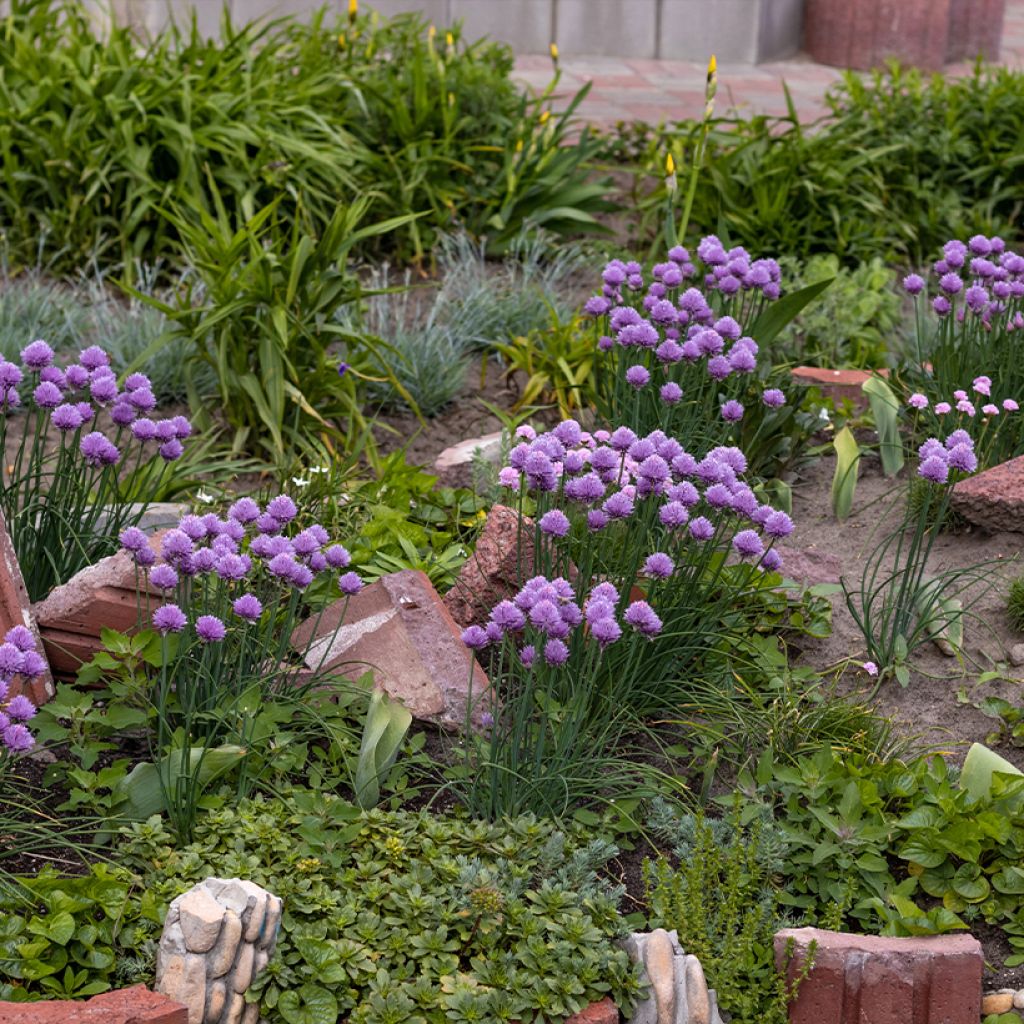

Allium cultorum Serendipity
Allium cultorum Serendipity
Allium x cultorum Serendipity
Ornamental Onion, Flowering Garlic
The plants arrived in good condition and were a nice size, planted right away. Looking forward to seeing the results this summer.
ALEXANDRA, 02/04/2025
Special offer!
Receive a €20 voucher for any order over €90 (excluding delivery costs, credit notes, and plastic-free options)!
1- Add your favorite plants to your cart.
2- Once you have reached €90, confirm your order (you can even choose the delivery date!).
3- As soon as your order is shipped, you will receive an email containing your voucher code, valid for 3 months (90 days).
Your voucher is unique and can only be used once, for any order with a minimum value of €20, excluding delivery costs.
Can be combined with other current offers, non-divisible and non-refundable.
Home or relay delivery (depending on size and destination)
Schedule delivery date,
and select date in basket
This plant carries a 12 months recovery warranty
More information
We guarantee the quality of our plants for a full growing cycle, and will replace at our expense any plant that fails to recover under normal climatic and planting conditions.
Would this plant suit my garden?
Set up your Plantfit profile →
Description
Allium 'Serendipity' is a charming ornamental garlic with an abundance of flowers in summer. It boasts balls of electric violet-pink flowers. Compact, it develops into a dense clump of long upright leaves in a bluish-green colour. The flowering lasts all summer, animated by a constant buzz of pollinating insects. It thrives in the sun, in ordinary but well-drained soil. It is simply splendid as a border plant or in a flower bed, but also works well in a rock garden or in a container on a patio. Its long-lasting flowers are perfect in bouquets, both fresh or dried.
Allium 'Serendipity' is a hybrid variety of ornamental garlic whose lineage is a bit obscure, with some sources linking it to A. senescens and others to A. cernuum. They all belong to the Amaryllidaceae family and are cousins of garlic and leeks, with which they share a characteristic odour in their foliage when crushed.
The 'Serendipity' cultivar develops in spring from a bulbous rhizome that forms a small clump of upright, relatively thin, linear leaves in a bluish-green colour. It reaches a height of about 45cm (18in) with a width of 30cm (12in). The flowering takes place from June-July to August-September. Flowering stems measuring 40cm (16in) in height emerge from the centre of the clumps. They each bear a solitary spherical inflorescence measuring about 5cm (2in) in diameter. The inflorescence is composed of numerous tiny star-shaped flowers in a beautiful vibrant pink-violet colour. They are nectar-rich and attractive to bees. The deciduous foliage dries up in October.
Planted en masse along a pathway, in a rock garden, as a border plant, or combined with flowers in shades of purple, pink, and blue, this 'Serendipity' garlic is a gem for romantic flower beds. It pairs well with catmints, bellflowers, and agastaches. In an unusual flower and vegetable bed, it can be accompanied by chives, over-ripe chard with colourful stalks, Pennisetum advena 'Rubrum', purple basil, and many others. For a more dynamic effect, its flowers can structure a contemporary garden where various geometric shapes contrast. It can also be combined with stipa, landscape roses, and trimmed boxwoods.
In short, there is no lack of inspiration where these plants are concerned. There is certainly a corner of your garden where this allium will work wonders.
Allium cultorum Serendipity in pictures
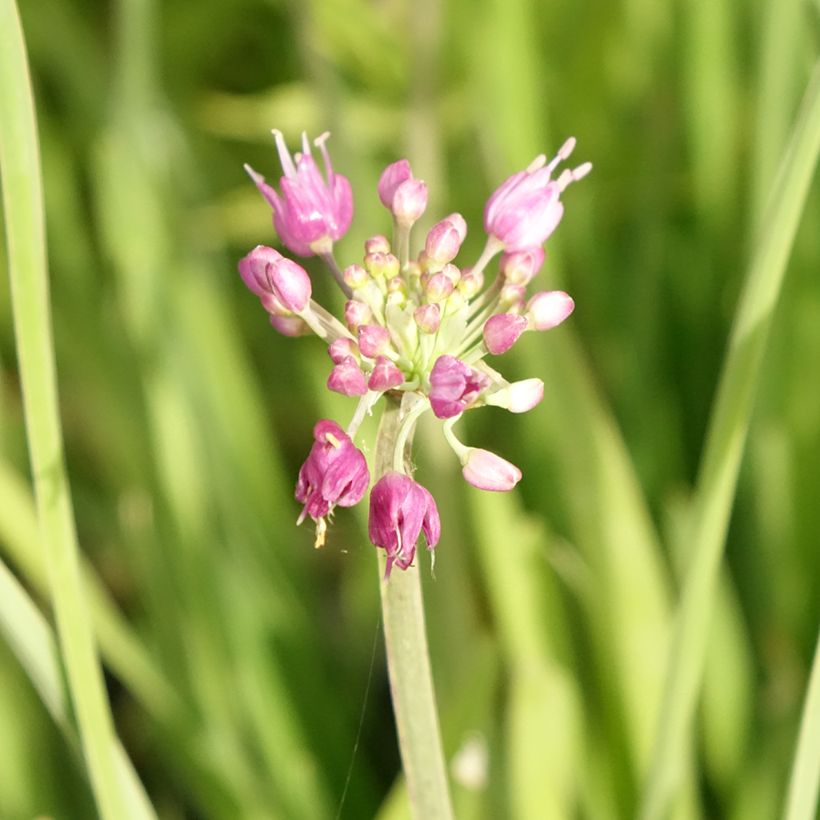

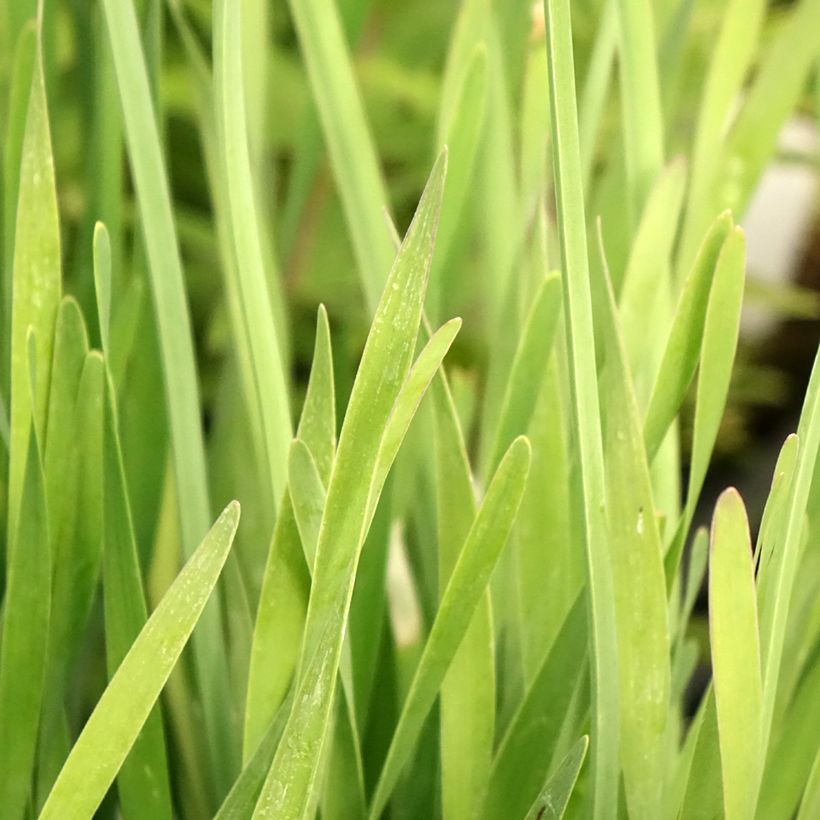

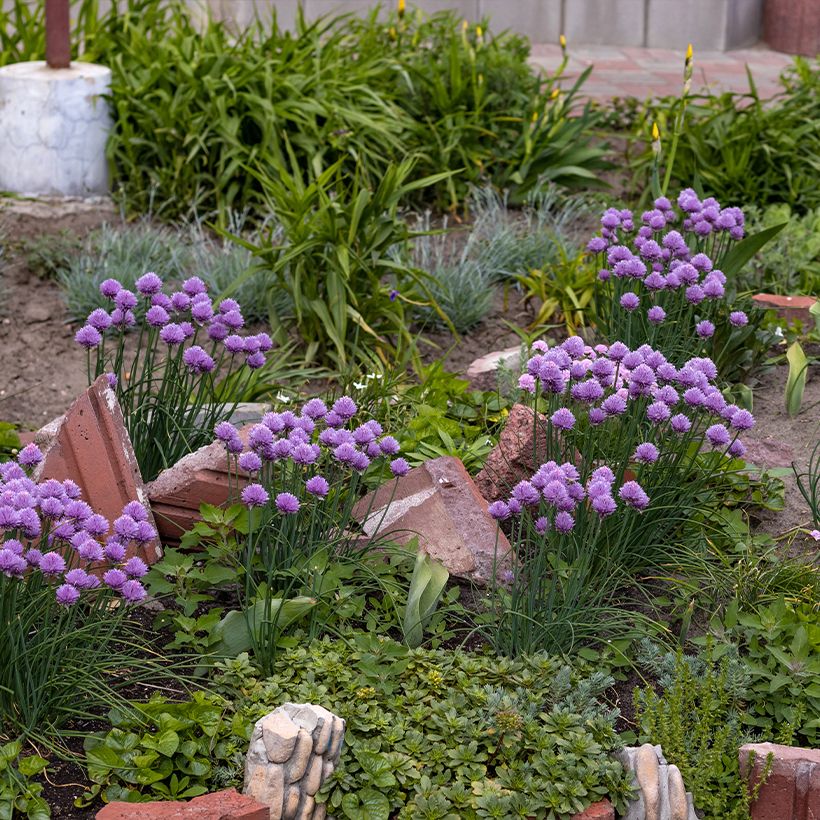

Flowering
Foliage
Plant habit
Botanical data
Allium
x cultorum
Serendipity
Alliaceae - Liliaceae
Ornamental Onion, Flowering Garlic
Cultivar or hybrid
Other Allium
View all →Planting and care
Alliums are easy-to-grow plants in sunny and well-drained soil. Plant them preferably before the end of October so they have time to establish themselves well. They are sensitive to excess winter moisture.
'Serendipity' enjoys the sun and thrives in any good, well-loosened and well-drained garden soil. In clay soil, incorporate some gravel or coarse sand. It is hardy and not demanding in terms of water, but appreciates slightly moist soil in summer to support its flowering.
Ornamental garlic bulbs, unlike tulip bulbs, repel rodents. These plants have few enemies in our gardens.
Planting period
Intended location
Care
Planting & care advice
-
, onOrder confirmed
Reply from on Promesse de fleurs
Haven't found what you were looking for?
Hardiness is the lowest winter temperature a plant can endure without suffering serious damage or even dying. However, hardiness is affected by location (a sheltered area, such as a patio), protection (winter cover) and soil type (hardiness is improved by well-drained soil).

Photo Sharing Terms & Conditions
In order to encourage gardeners to interact and share their experiences, Promesse de fleurs offers various media enabling content to be uploaded onto its Site - in particular via the ‘Photo sharing’ module.
The User agrees to refrain from:
- Posting any content that is illegal, prejudicial, insulting, racist, inciteful to hatred, revisionist, contrary to public decency, that infringes on privacy or on the privacy rights of third parties, in particular the publicity rights of persons and goods, intellectual property rights, or the right to privacy.
- Submitting content on behalf of a third party;
- Impersonate the identity of a third party and/or publish any personal information about a third party;
In general, the User undertakes to refrain from any unethical behaviour.
All Content (in particular text, comments, files, images, photos, videos, creative works, etc.), which may be subject to property or intellectual property rights, image or other private rights, shall remain the property of the User, subject to the limited rights granted by the terms of the licence granted by Promesse de fleurs as stated below. Users are at liberty to publish or not to publish such Content on the Site, notably via the ‘Photo Sharing’ facility, and accept that this Content shall be made public and freely accessible, notably on the Internet.
Users further acknowledge, undertake to have ,and guarantee that they hold all necessary rights and permissions to publish such material on the Site, in particular with regard to the legislation in force pertaining to any privacy, property, intellectual property, image, or contractual rights, or rights of any other nature. By publishing such Content on the Site, Users acknowledge accepting full liability as publishers of the Content within the meaning of the law, and grant Promesse de fleurs, free of charge, an inclusive, worldwide licence for the said Content for the entire duration of its publication, including all reproduction, representation, up/downloading, displaying, performing, transmission, and storage rights.
Users also grant permission for their name to be linked to the Content and accept that this link may not always be made available.
By engaging in posting material, Users consent to their Content becoming automatically accessible on the Internet, in particular on other sites and/or blogs and/or web pages of the Promesse de fleurs site, including in particular social pages and the Promesse de fleurs catalogue.
Users may secure the removal of entrusted content free of charge by issuing a simple request via our contact form.
The flowering period indicated on our website applies to countries and regions located in USDA zone 8 (France, the United Kingdom, Ireland, the Netherlands, etc.)
It will vary according to where you live:
- In zones 9 to 10 (Italy, Spain, Greece, etc.), flowering will occur about 2 to 4 weeks earlier.
- In zones 6 to 7 (Germany, Poland, Slovenia, and lower mountainous regions), flowering will be delayed by 2 to 3 weeks.
- In zone 5 (Central Europe, Scandinavia), blooming will be delayed by 3 to 5 weeks.
In temperate climates, pruning of spring-flowering shrubs (forsythia, spireas, etc.) should be done just after flowering.
Pruning of summer-flowering shrubs (Indian Lilac, Perovskia, etc.) can be done in winter or spring.
In cold regions as well as with frost-sensitive plants, avoid pruning too early when severe frosts may still occur.
The planting period indicated on our website applies to countries and regions located in USDA zone 8 (France, United Kingdom, Ireland, Netherlands).
It will vary according to where you live:
- In Mediterranean zones (Marseille, Madrid, Milan, etc.), autumn and winter are the best planting periods.
- In continental zones (Strasbourg, Munich, Vienna, etc.), delay planting by 2 to 3 weeks in spring and bring it forward by 2 to 4 weeks in autumn.
- In mountainous regions (the Alps, Pyrenees, Carpathians, etc.), it is best to plant in late spring (May-June) or late summer (August-September).
The harvesting period indicated on our website applies to countries and regions in USDA zone 8 (France, England, Ireland, the Netherlands).
In colder areas (Scandinavia, Poland, Austria...) fruit and vegetable harvests are likely to be delayed by 3-4 weeks.
In warmer areas (Italy, Spain, Greece, etc.), harvesting will probably take place earlier, depending on weather conditions.
The sowing periods indicated on our website apply to countries and regions within USDA Zone 8 (France, UK, Ireland, Netherlands).
In colder areas (Scandinavia, Poland, Austria...), delay any outdoor sowing by 3-4 weeks, or sow under glass.
In warmer climes (Italy, Spain, Greece, etc.), bring outdoor sowing forward by a few weeks.






























